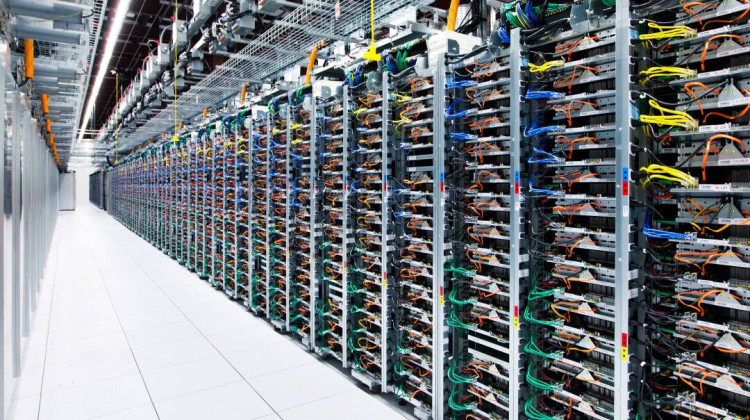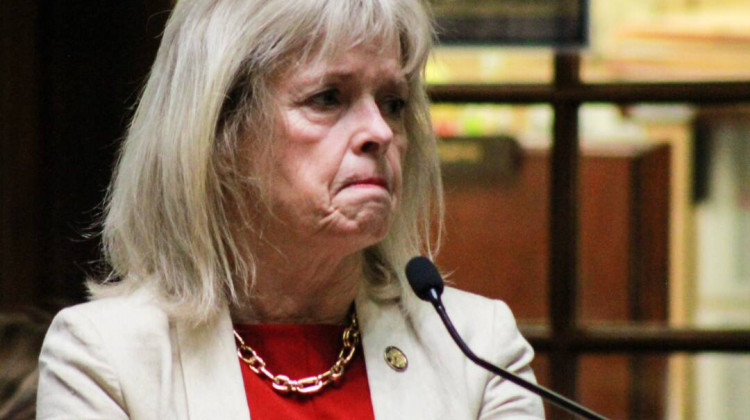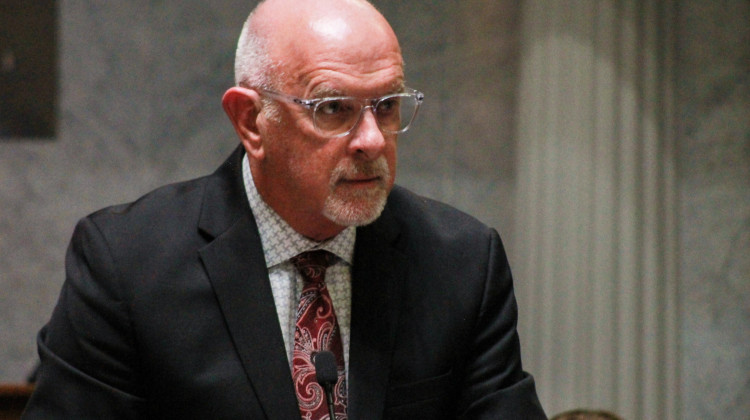The Obama administration created the Clean Power Plan with the goal of reducing carbon emissions 30 percent nationwide. But the U.S. Supreme Court put that plan on hold after industry groups and 28 states, including Indiana, sued. And Environmental Protection Agency Administrator Scott Pruitt recently took the first step to repeal the plan altogether.
Under the plan, states would have put together comprehensive energy plans to show how they’d reduce carbon emissions. But “the Clean Power Plan is not about getting states to adopt energy plans, it really isn’t,” says Janet McCabe, a current Hoosier and former assistant administrator for the EPA who helped write the Clean Power Plan. “That’s a government function that state’s can take on if they wish. The Clean Power Plan was about pollution reduction.”
Indiana is home to five of the country’s 100 so-called “super polluters” — plants that emit the most toxic and greenhouse emissions. These plants run on historically cheap, abundant coal, which helps fuel Indiana’s manufacturing sector.
Gov. Eric Holcomb’s office didn’t respond to multiple requests for comment, but last year, then-candidate Holcomb said manufacturing is critical to the state’s economic success—and state energy policy needs to reflect that.
“Anything that we can produce, including our own energy — homegrown, here in the state of Indiana — is a force multiplier when it comes to keeping our costs down,” Holcomb said. “So, having a truly diversified portfolio that is looking at the latest technology and innovation, has to be a part of a long term energy plan.”
Holcomb hasn’t yet proposed a comprehensive energy plan. Vice President Mike Pence promised an “all of the above” energy plan when he was governor, although he never followed through on drafting one. And he repealed an energy efficiency plan created under fellow Republican Gov. Mitch Daniels.
This lack of action, along with the recent state law reducing incentives for rooftop solar, actively hurts the state’s economy, says Jesse Kharbanda, executive director of the Hoosier Environmental Council.
“If job development was the centerpiece of the governor’s way of looking at energy public policy, then he would place top most focus on making Indiana a magnet for clean energy jobs,” he says.
Kharbanda wants to see an energy plan that anticipates changes in the economy and federal policy and is resilient to disruptions. To him, that means more state support for renewable energy.
Mark Maassel, president of the Indiana Energy Association, which represents the state’s major utilities, disagrees. He says, more than anything, utilities needs flexibility.
“I’m going to suggest to you that we do have a state energy plan at the moment that’s pretty well set out in statute and through the [Indiana Utility Regulatory Commission] decisions,” Maassel says. “I think the challenge you have in sort of thinking along the lines of centralized planning is the dramatic changes that occur in our economy that really people can’t predict.”
But former EPA deputy Janet McCabe says statutes and decisions do not a plan make, especially when it comes to the Clean Power Plan.
“It doesn’t assure carbon reductions and it doesn’t assure that the budget set in the CPP for the state in terms of carbon emissions would be met,” she says.
McCabe says even if the Clean Power Plan is repealed, carbon pollution is already damaging the health and wallets of Hoosiers, and the state needs to do something about it.
 DONATE
DONATE








 Support WFYI. We can't do it without you.
Support WFYI. We can't do it without you.